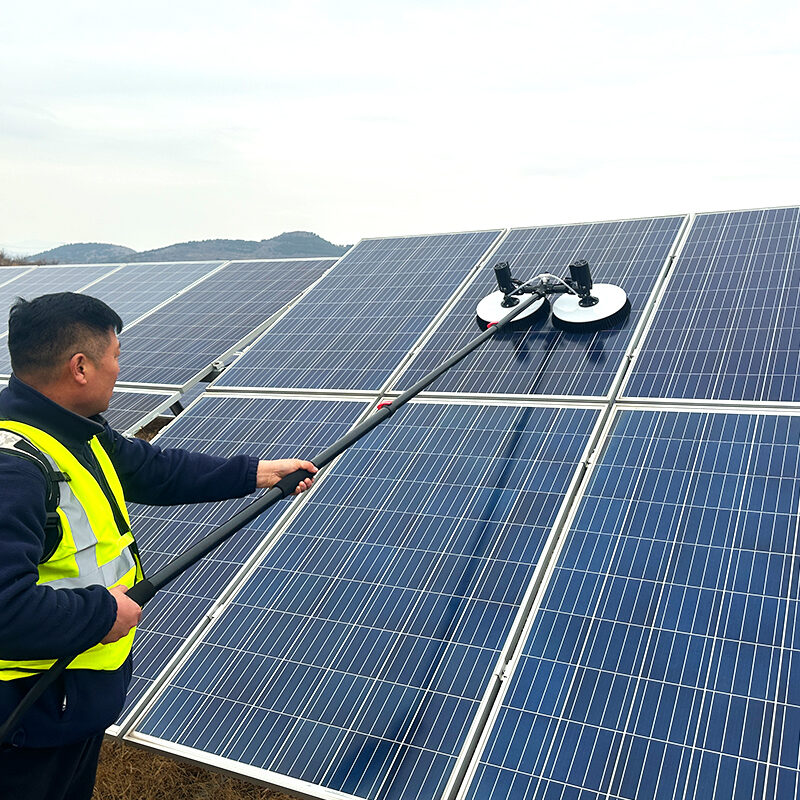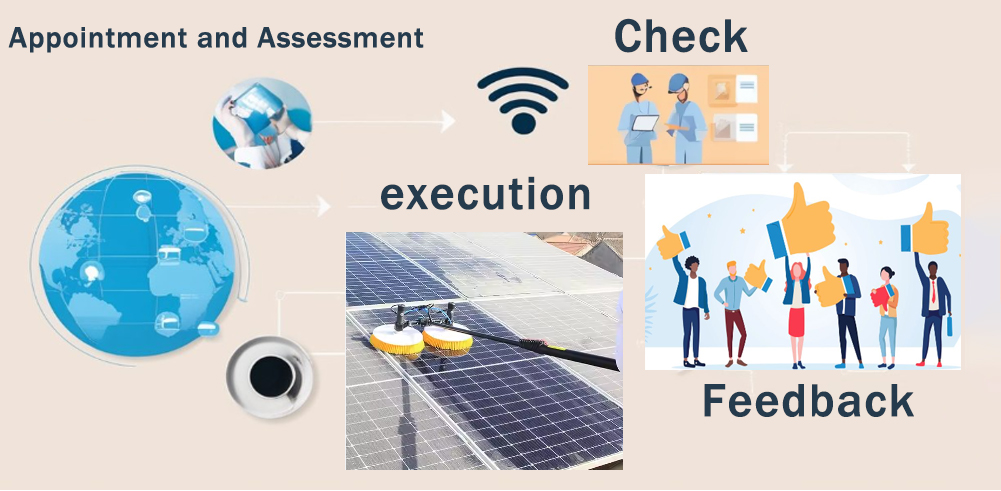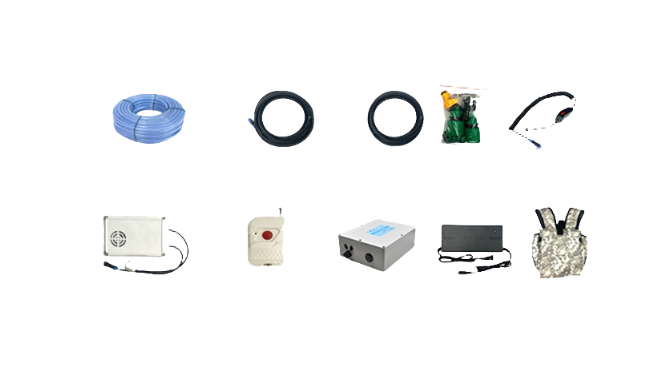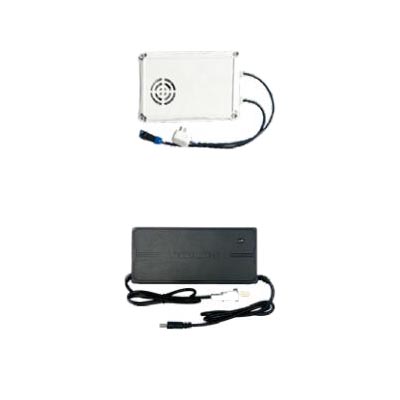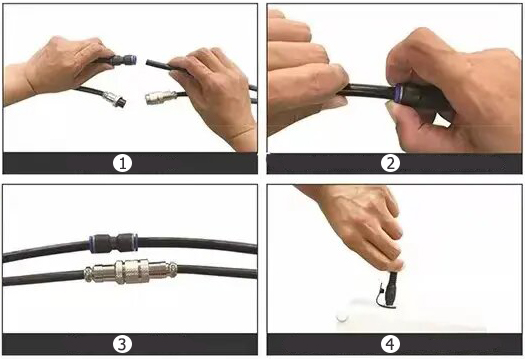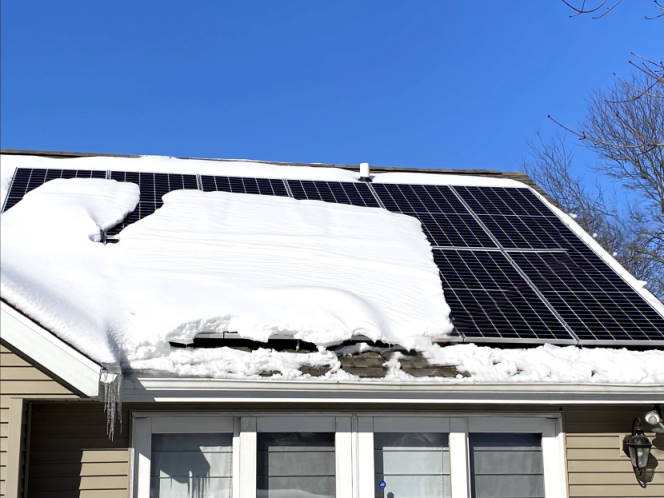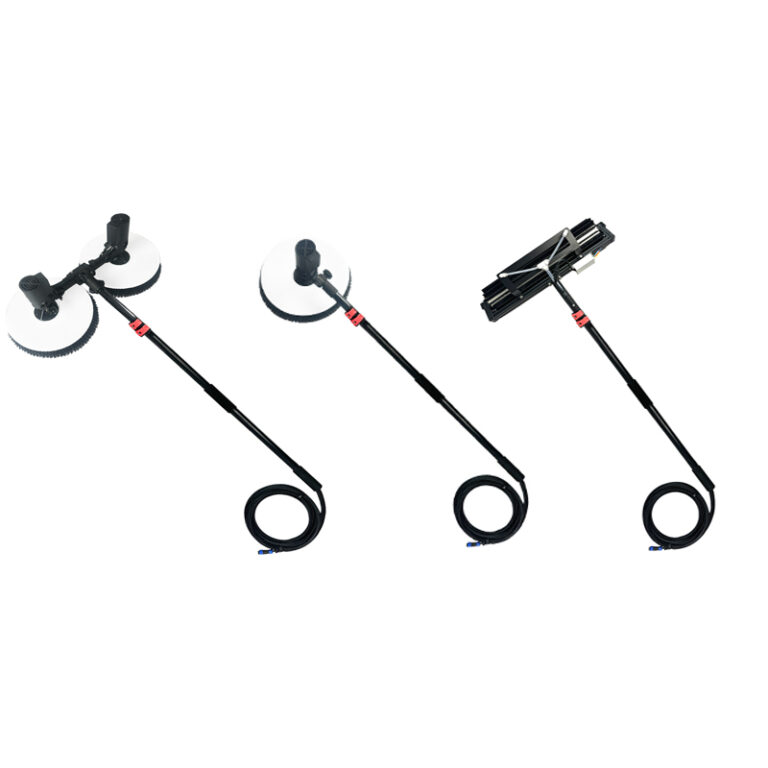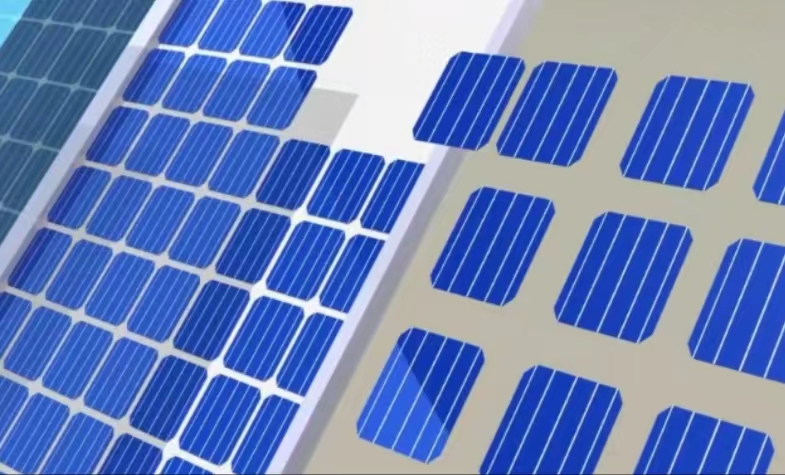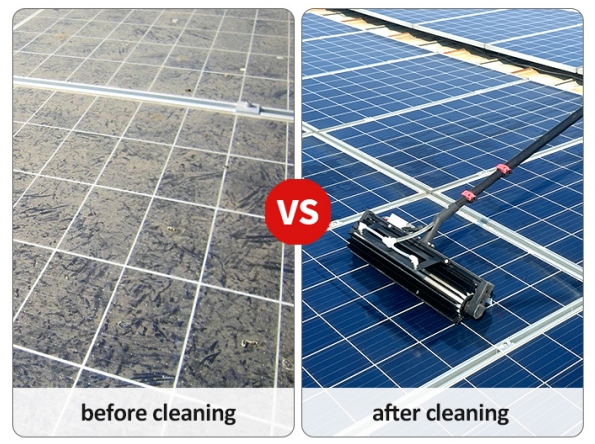how to clean solar panels automatically?
In the field of renewable energy, solar energy, with its clean and renewable characteristics, is gradually becoming an important force driving the global energy transition. However, solar panels are exposed for a long time in the outdoor environment and are susceptible to dust, dirt and other pollutants, leading to a decline in power generation efficiency. Traditional manual cleaning methods are not only time-consuming and laborious, but also difficult to ensure the timeliness and comprehensiveness of cleaning. In this context, the emergence of remote-controlled photovoltaic cleaning robots has brought a revolutionary solution to the automatic cleaning of solar panels.

Core Benefits of Remote Controlled PV Cleaning Robots
Remote control photovoltaic cleaning robot is a special cleaning equipment designed, developed and manufactured specifically for the special environment of China’s photovoltaic power station. It utilizes a remote control handle to carry out long-distance remote control cleaning operations, with simple operation and maintenance, convenient use and high working efficiency. One equipment can clean about 3MW of PV modules in a day, and the cleaning efficiency is several times of manual cleaning, which greatly saves the labor cost.
Product details and features
Ultrasonic Sensors and Edge Recognition Fall Prevention
The robot is equipped with 4 high-precision ultrasonic sensors with edge-recognition fall prevention function. When the robot moves to the edge of the PV panel, it will automatically trigger a command to stop moving and can only travel in the opposite direction to ensure safety. This design effectively avoids the risk of falling due to misuse and improves the safety of the operation.
Dry cleaning and water washing in one machine
The robot supports both dry cleaning and water washing. In water washing mode, the wide-angle nozzle is equipped with a total of 12 nozzles before and after, cleaning without leaving traces and dead ends, with the drum brush head to realize efficient cleaning. Dry cleaning mode solves the problem of cleaning the PV power station in a waterless environment, users can choose the appropriate cleaning method according to their own environment, and flexibly respond to various cleaning needs.
150 meters remote control and dual brush head design
The robot adopts a remote wireless remote control mode, with a control distance of up to 150 meters, making it more flexible to use. The dual-brush head design greatly improves the cleaning efficiency, and can clean about 3MW of PV modules per day, with full coverage of the edge cleaning and no dead angle. This design not only improves the cleaning efficiency, but also makes the operation more convenient, and one person can operate the machine remotely by special remote control.
Crawler chassis and strong obstacle-crossing ability
The robot adopts a tracked chassis design, which allows it to move freely on the photovoltaic panels and carry out omni-directional cleaning operations without dead ends. With a maximum parallel pitch of 70cm, the robot has a strong ability to cross obstacles without worrying about terrain limitations. This design allows the robot to easily cope with a variety of complex environments, ensuring comprehensive and efficient cleaning.
common problems
Can I use dishwashing detergent or soapy water to clean my solar panels?
Yes, as long as it is a safe method of cleaning your solar panels that is gentle, effective, and biodegradable. Then just mix it with water and gently scrub the solar panel, then rinse thoroughly to remove the soap residue.
What is the best brush for cleaning solar panels?
A cleaning brush with a long shaft and soft bristles is usually used to clean solar panels without scratching or damaging the panels. Shorter brushes make it difficult to reach distant places.
How many solar panels can be cleaned in a day?
A motorized roller brush can clean a PV plant around 1-1.2 MW in a day.
The motorized rotating single head can clean a PV plant of about 0.5 MW per day.
How often do I clean my solar panels?
This depends on where your solar panels are located and the season, for example is less frequent cleaning in winter than in summer.
know more
Conclusion
The emergence of remote-controlled photovoltaic cleaning robot provides an efficient, safe and convenient solution for automatic cleaning of solar panels. It not only significantly improves the cleaning efficiency and reduces labor costs, but also ensures the safety and reliability of the operation through intelligent design. With the continuous progress of technology and the gradual reduction of cost, the remote-controlled PV cleaning robot will become an important trend in the field of green energy in the future, contributing more power to the sustainable development of the earth. Let’s look forward to how technology will continue to lead a new chapter in green cleaning.



